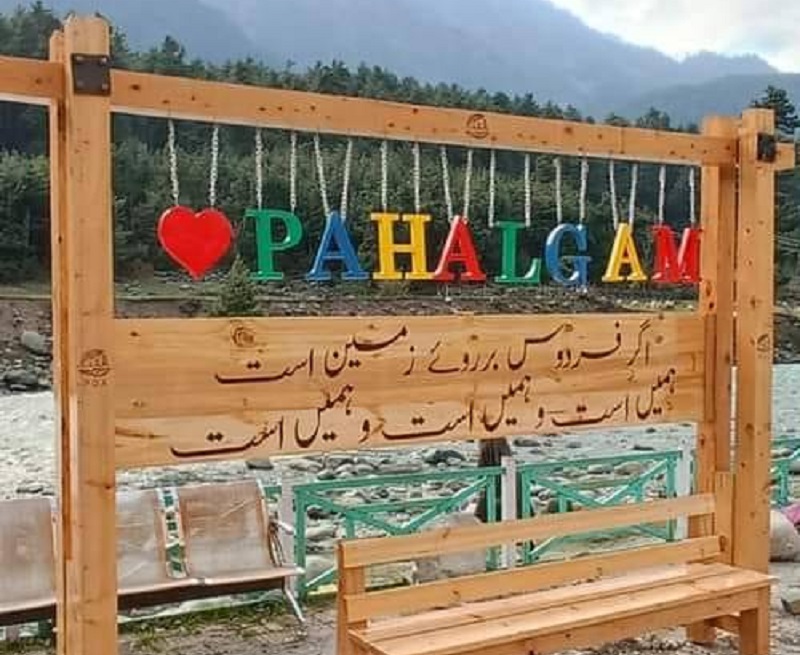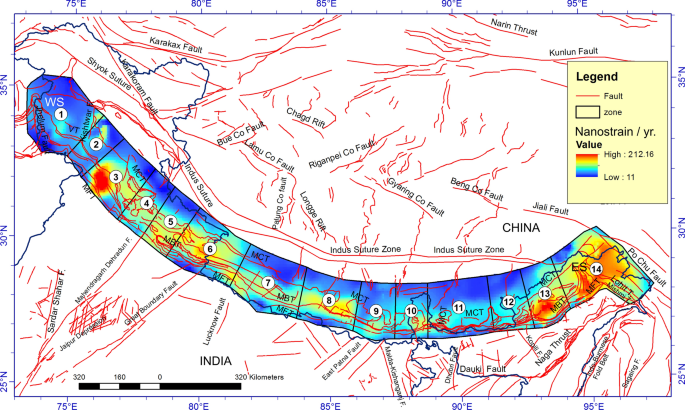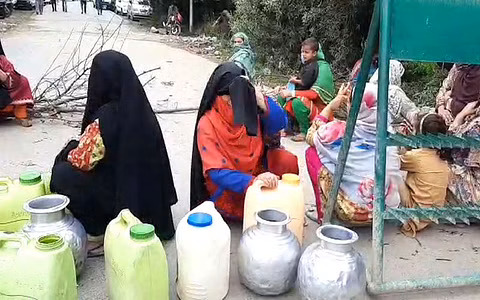Pahalgam’s environment and culture under threat from tourism
By : Javid Amin
Pahalgam, nestled in the picturesque region of Jammu and Kashmir, India, has long been renowned for its breathtaking natural beauty. Its lush mountains, meandering rivers, and verdant forests have made it a favored tourist destination. However, in recent years, Pahalgam has encountered a host of challenges, primarily centered around environmental degradation and the growing issue of overtourism.
Foremost among these challenges is environmental degradation, stemming from several interconnected factors. Deforestation, driven by logging and land clearance, poses a significant threat, contributing to soil erosion and frequent landslides. Pollution compounds the problem, with sewage waste, improperly disposed garbage, and vehicular emissions tarnishing the pristine landscape. Unsustainable development, typified by the construction of hotels and resorts in ecologically fragile areas, further exacerbates these environmental woes.
Another pressing concern confronting Pahalgam is overtourism, a consequence of Kashmir’s burgeoning popularity as a tourist hotspot. Overtourism begets a litany of issues, including environmental degradation, disruption of local social and cultural norms, and mounting pressure on infrastructure.
To address these multifaceted challenges, a comprehensive set of measures must be instituted, centering on environmental preservation, sustainable development, and effective tourism management.
Environmental Protection: Environmental preservation strategies in Pahalgam should concentrate on reforestation, pollution mitigation, and curbing unsustainable development. Reforestation efforts should encompass afforestation initiatives and safeguarding existing forests. Pollution reduction necessitates the treatment of sewage waste, proper waste disposal, and emissions control. Unsustainable development can be mitigated through regulations governing construction in ecologically sensitive zones.
Sustainable Development : Sustainable development initiatives should prioritize local economic empowerment and enhanced quality of life for residents. This can be achieved by fostering eco-tourism endeavors, promoting sustainable agricultural practices, and investing in critical infrastructure.
Tourism Management : Tourism management strategies must aim to minimize tourism’s ecological and societal impact. This can be accomplished by instituting restrictions on tourist numbers in sensitive areas through permits or entrance fees. Encouraging responsible tourism practices, such as environmental and cultural sensitivity, is paramount. Furthermore, sustainable tourism infrastructure, including waste management systems, public transportation, and eco-friendly accommodations, should be developed.
Tourism Carrying Capacity : Understanding and respecting the tourism carrying capacity of Pahalgam is vital. This capacity refers to the maximum number of visitors an area can sustain without detriment to the environment or local communities. Pahalgam has its limits, and exceeding them can be detrimental.
Management approaches may include limiting visitor numbers through permits or fees and educating tourists about respecting the environment and local cultures. Developing sustainable tourism infrastructure, such as waste management systems and eco-friendly accommodations, is equally important.
Incorporating these multifaceted measures, Pahalgam can navigate the challenges it faces, ensuring it remains a sustainable, pristine, and enjoyable destination for generations to come.






